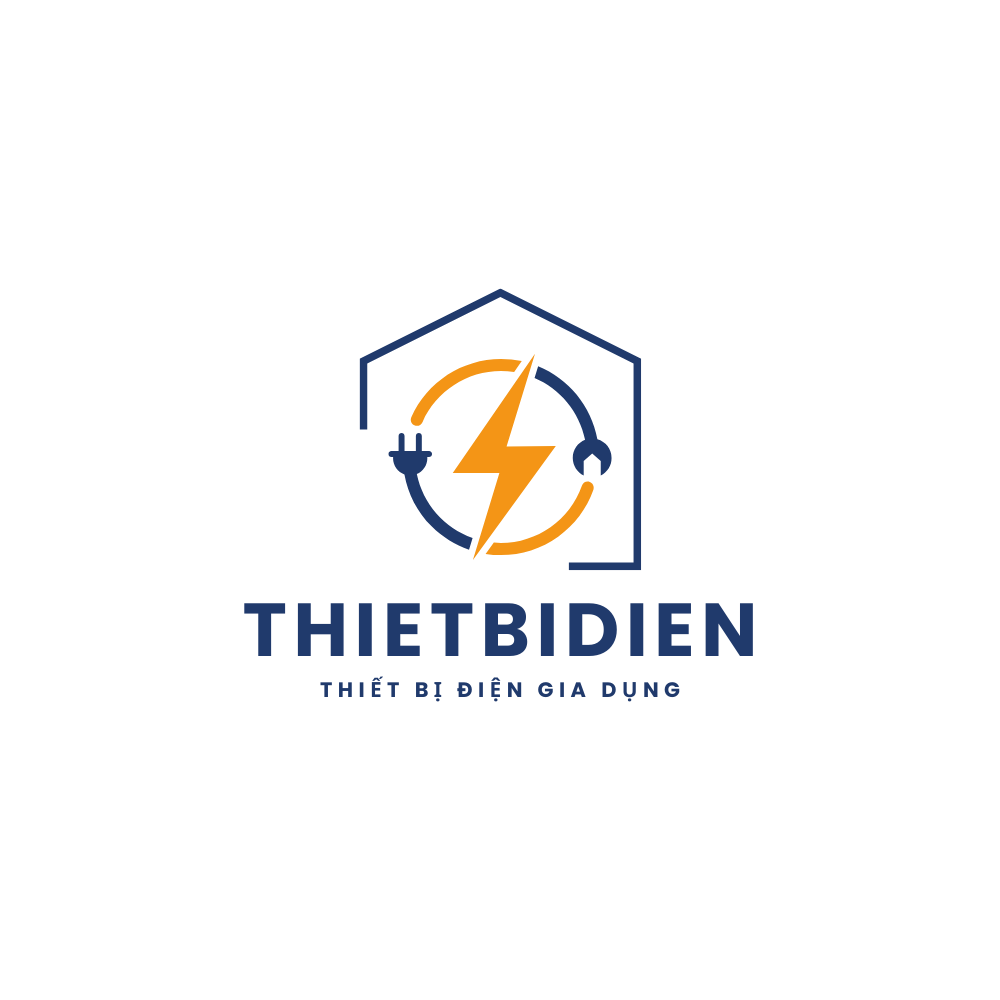In the modern marketplace, AI powered chatbots are redefining customer engagement by providing immediate support and personalized interactions.
This article presents a comprehensive examination on AI powered chatbots, covering their evolution, how they execute, their strengths, and their influence in today’s technology-driven market.
Historical Background
In the dawn of computing, chatbots were rudimentary and primitive in their capabilities, often relying on set algorithms to interact with users.
With the rise of AI, chatbots evolved into adaptive tools capable of responding to more detailed interactions.
Understanding AI Chatbots
These chatbots use advanced models that allow them to interpret user intent.
They continuously evolve with user interactions, enhancing their responses over time.
The Upside of AI Chatbots
A major advantage of these chatbots is that they work around the clock.
By automating interactions, businesses can increase efficiency.
Personalized service increases customer retention.
Industries Leveraging AI Chatbots
AI powered chatbots are used in a wide range of industries, including industries like retail, finance, healthcare, and telecommunications. | They serve as virtual assistants in online stores. | In retail, for example, chatbots help answer product questions.}
Chatbots are also popular in travel and hospitality to help with bookings, answer FAQs, and offer travel recommendations.
What’s Next for AI Chatbots
Future chatbots are expected to leverage big data for deeper insights.
With these advancements, businesses can realize substantial ROI from their chatbot investments.
Challenges and Considerations
While AI chatbots offer significant advantages, businesses must also consider potential pitfalls.
Chatbots can sometimes fail to understand user intent.
Businesses must implement strong security measures.
AI systems require constant monitoring and tuning to adapt to new user behaviors.
Seamless integration is necessary to ensure that chatbots provide a smooth user experience.
Key Strategies for Chatbot Deployment
To achieve the best results, businesses should initiate with targeted use cases. | It is beneficial to pilot on select channels and then scale to gather performance data.}
The more focused datasets you provide, the more responsive the chatbot will perform.
Continuous improvement supports that the chatbot keeps up with user expectations.
Case Studies and Success Stories
For example, a leading e-commerce platform used an AI-powered virtual assistant that improved customer satisfaction ratings.
One such success story involves a industry leader that noticed a dramatic rise in conversion rates after implementing an AI chatbot.
Next-Generation AI Chatbots
The future of chatbot technology is dynamic, with new improvements on the horizon.
These developments aim to provide even more personalized customer experiences and maximize customer satisfaction.
Final Thoughts
Ultimately, AI powered chatbots ensure significant results in efficiency, cost savings, and customer engagement.
The future of customer engagement is set for exponential growth with AI chatbots at its core.
I hope this article has shared valuable insights into the world of AI chatbots.
Feel free to share your thoughts, ask questions, or leave your comments below.
Here’s to embracing the future of technology and advanced digital communication!
Read more: Medium.com
